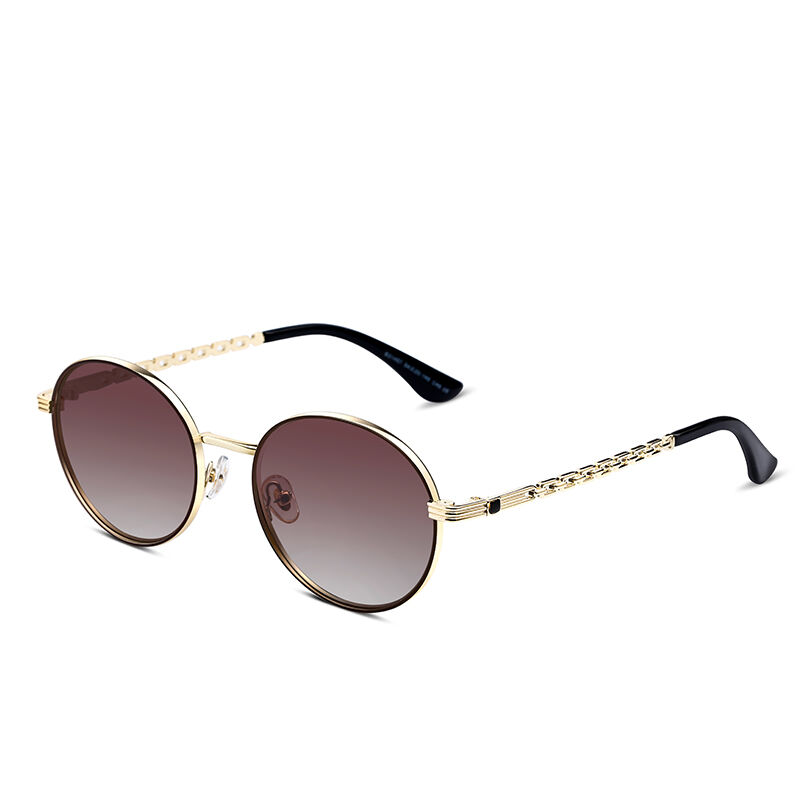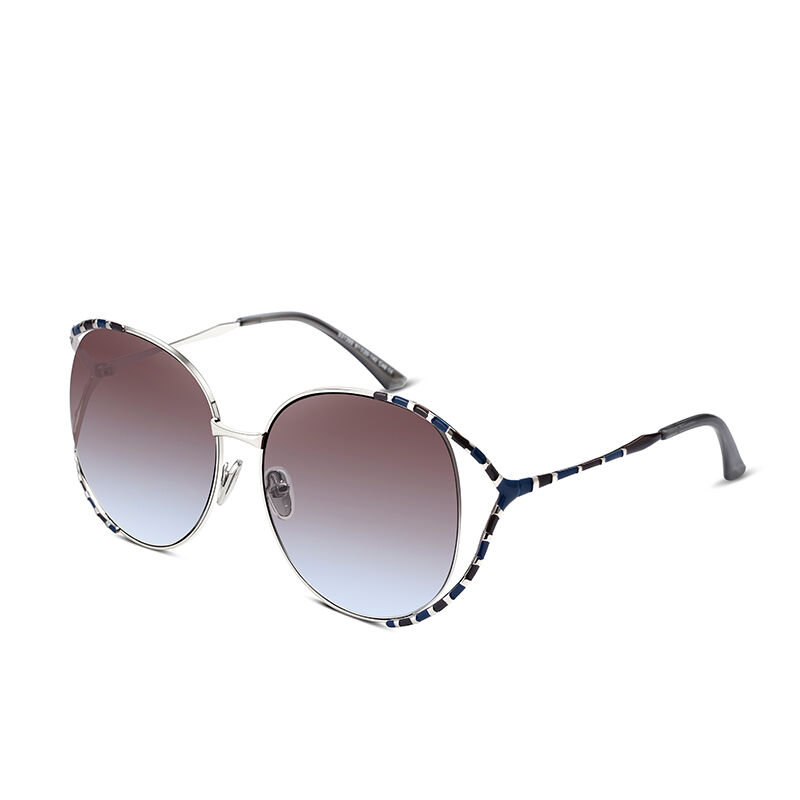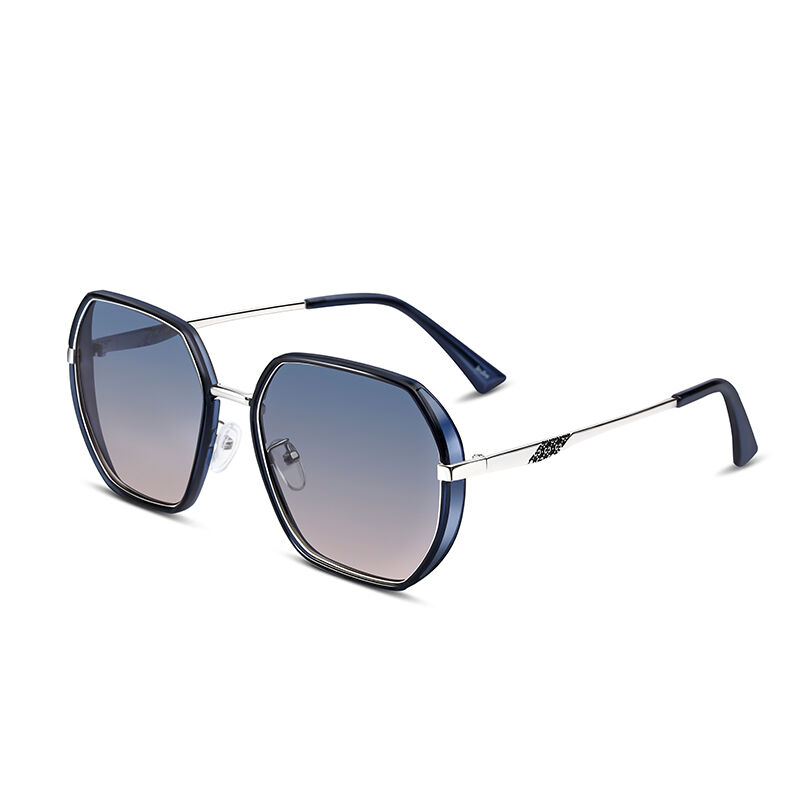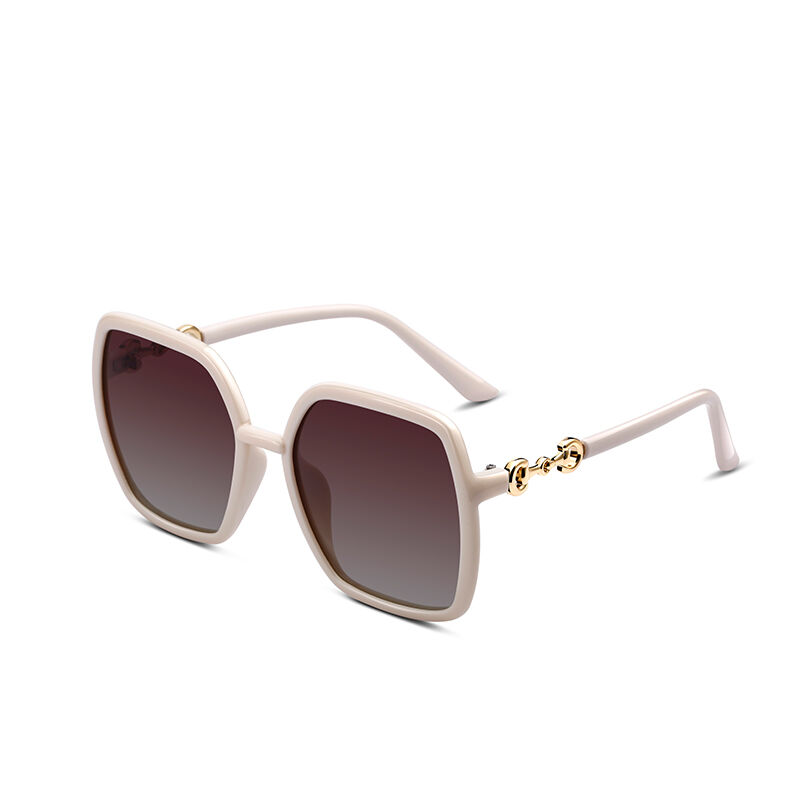Sunglasses are a staple accessory, providing much-needed protection from the sun’s harmful UV rays. But not all sunglasses are created equal. While standard tinted lenses simply reduce the overall brightness, polarized sunglasses offer an additional layer of protection and visual clarity by specifically tackling glare. But what exactly are polarized sunglasses, and how do they work?
The Science Behind the Shine

To understand polarized sunglasses, you first need a basic understanding of light. Light waves vibrate in all directions. However, when light reflects off a flat surface like water, snow, or a car’s hood, it becomes polarized, meaning its waves vibrate predominantly in one direction – usually horizontally. This concentrated horizontal light creates intense glare, which can be both uncomfortable and dangerous, particularly when driving, boating, or skiing.
Enter Polarized Lenses

Polarized sunglasses feature a special chemical film applied to the lenses. This film contains long molecules that are aligned vertically. Think of it as a miniature Venetian blind for light. These vertically aligned molecules absorb horizontal light waves, effectively blocking the glare.
How They Work in Practice

Imagine you’re driving on a sunny day. Without polarized sunglasses, the sun’s reflection off the road or other cars can be blinding. With polarized lenses, that reflected light is significantly reduced, leaving you with a clearer and sharper view of the road ahead.
Benefits of Choosing Polarized Sunglasses

- Reduced Glare: This is the most significant advantage. Polarized lenses eliminate glare from water, snow, and other reflective surfaces, providing enhanced visual comfort and safety.
- Improved Visual Clarity: By filtering out distracting glare, polarized sunglasses enhance contrast and sharpness, allowing you to see colors more vividly and details more clearly.
- Reduced Eye Strain: Squinting to compensate for glare can cause eye fatigue and headaches. Polarized sunglasses relieve this strain by providing a more comfortable viewing experience.
- Enhanced Safety: Reduced glare translates to improved safety, particularly in activities like driving, boating, and skiing, where glare can impair vision and reaction time.
Who Should Consider Polarized Sunglasses?

While anyone can benefit from wearing polarized sunglasses, they are particularly useful for:
- Outdoor Enthusiasts: Fishermen, boaters, skiers, golfers, and hikers will appreciate the improved visibility and reduced glare in sunny and reflective environments.
- Drivers: Polarized sunglasses can significantly improve visibility while driving, especially on sunny days or when driving near water.
- Individuals with Light Sensitivity: Those who are particularly sensitive to bright light or suffer from migraines may find polarized sunglasses provide relief and reduce discomfort.
Are There Any Drawbacks?

While the benefits are numerous, there are a few potential drawbacks to consider:
- LCD Screen Visibility: Polarized lenses can sometimes make it difficult to see LCD screens, such as those on smartphones or gas pumps, at certain angles. This is because LCD screens also emit polarized light.
- Cost: Polarized sunglasses are generally more expensive than standard tinted sunglasses.
- Not Ideal for Night Driving: While polarized lenses reduce glare, they also reduce overall brightness, making them unsuitable for night driving.
Making the Right Choice

When choosing polarized sunglasses, consider your specific needs and activities. Look for lenses that offer 100% UV protection in addition to polarization. Experiment with different frame styles and lens colors to find a pair that fits comfortably and complements your personal style.
Polarized sunglasses are a valuable tool for anyone seeking enhanced visual clarity, reduced glare, and improved eye comfort in bright, reflective environments. By understanding the science behind polarization, you can make an informed decision and choose the perfect pair to protect your eyes and enhance your outdoor experiences.
